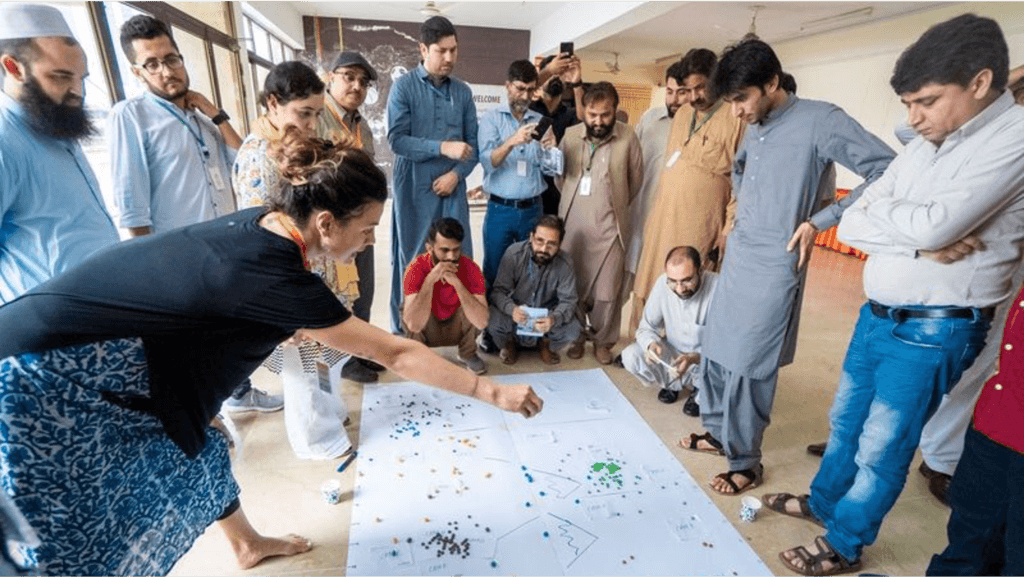Online Trainings
Build skills and knowledge on a range of critical snow leopard conservation tools
GSLEP partnered with the Snow Leopard Network (SLN) in developing a number of online Training toolkits. In accordance to the thematic priorities of the Bishkek Declaration 2017, the training toolkits include prey surveys, occupancy based distribution surveys, camera trapping, sustainable tourism and communication.
PAWS Micro Abundance
Reliable assessments of snow leopard populations are key for their conservation. Camera trapping is state-of-the-art approach to monitor rare and elusive species, such as snow leopards. This toolkit aims to equip participants with the knowledge and tools to plan and carry out a rigorous camera trap survey for assessing snow leopard population abundance/density.
PAWS Macro Distribution
To estimate how many snow leopards there are, we need to know where they are. Assessment of the status and distribution of rare and elusive species such as the snow leopard is challenging. Recent surveys in some parts of the snow leopard range have indicated that our understanding of the species’ distributions might not be as accurate as previously thought. To minimize subjectivity and maximize replicability and reliability, it is important to address imperfect detection probability in estimating species distribution. This toolkit focuses on applying occupancy models to assess snow leopard distributions.
Ungulate Surveys
sia’s mountain ungulates– also known as the Mountain Monarchs of high Asia- play an important role in maintaining ecosystems by influencing vegetation structure and nutrient cycling. These include Argali (Ovis ammon), Blue Sheep (Pseudois nayaur), Asiatic Ibex (Capra sibirica), Urial (Ovis orientalis) and Markhor (Capra falconeri). However, owing to their remote mountainous habitats and associated challenges in sampling, there is a lack of information regarding their abundance, population trends and ecology. This toolkit aims to share the latest techniques and good practices for surveying wild ungulates across snow leopard habitats.
Tourism
As remote snow leopard habitats become more accessible, tourism in these landscapes is increasing in volume and intensity. If well-managed, it presents an opportunity to strengthen conservation programs and benefit local communities. At the same time, poorly managed tourism can also bring new threats to wildlife and ecosystems. To assist tourism operators, the GSLEP program has helped develop a set of Principles and Recommendations for Tourism Within Snow Leopard Habitats. View Details
Communication
This module seeks to bring together resource persons from around the snow leopard range and wider world, to discuss approaches for communications regarding the conservation of snow leopards. The focus in this instance will be on effective communications with decision makers, journalists, donors and the general public.



